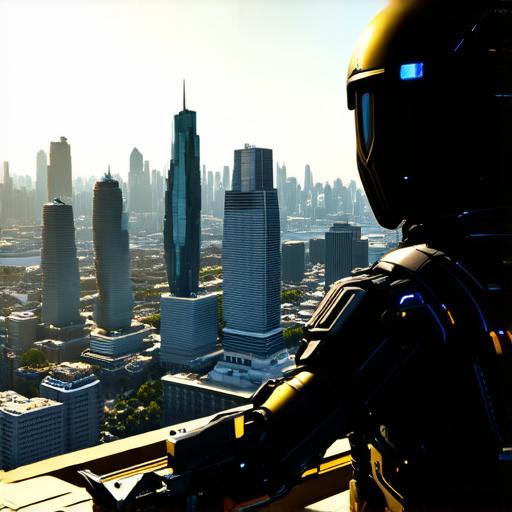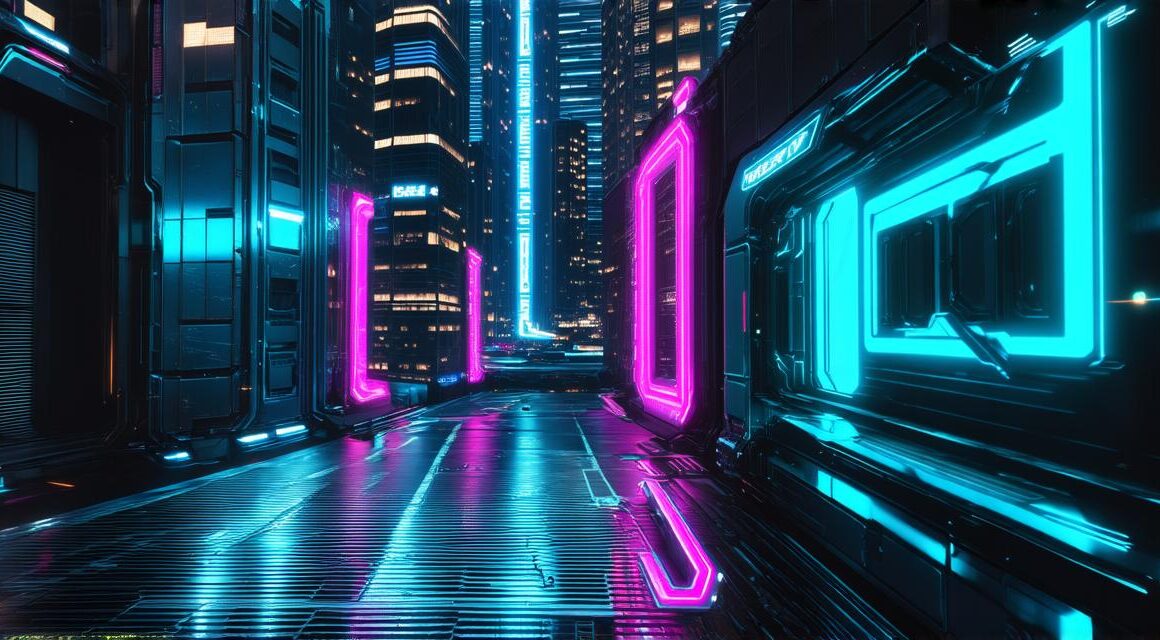
Are you an Unity 3D developer looking to take your game’s visual appeal to the next level? Look no further than 3D modeling. With 3D modeling, you can create incredibly detailed and immersive environments that will captivate your players and keep them engaged. In this article, we’ll explore the benefits of 3D modeling for Unity and provide some tips and tricks to help you get started on your journey.
The Benefits of 3D Modeling for Unity
-
Increased Engagement: One of the main benefits of 3D modeling is that it can greatly increase engagement with your game. When players are presented with a highly detailed and immersive environment, they are more likely to become fully invested in the game world and its characters.
-
Improved Performance: Another benefit of 3D modeling is that it can improve the performance of your game. By creating optimized models that are designed specifically for Unity, you can reduce the amount of processing power required to render your game’s graphics. This can result in smoother gameplay and faster load times.
-
Enhanced Creativity: 3D modeling allows you to unleash your creativity as a developer. With the ability to create custom environments, characters, and objects, you can bring your game world to life in ways that were previously impossible.
-
Reduced Development Time: By using 3D modeling tools, you can streamline the development process and reduce the amount of time it takes to create new assets for your game. This can allow you to release updates and new content more quickly, keeping your players engaged and coming back for more.
Getting Started with 3D Modeling in Unity
Now that we’ve discussed the benefits of 3D modeling for Unity, let’s take a look at some tips and tricks to help you get started on your journey.
-
Choose the Right Tools: There are many different 3D modeling tools available, but not all of them are created equal. When choosing a tool for your project, it’s important to consider factors such as ease of use, compatibility with Unity, and the level of detail that you need. Some popular options include Blender, Maya, and 3DS Max.
-
Create Optimized Models: As we mentioned earlier, creating optimized models is key to improving performance in your game. When modeling your assets, it’s important to keep file sizes small and avoid using unnecessary textures or features that could slow down rendering. You can also use tools like Unity’s built-in importer to ensure that your models are properly optimized for the engine.
-
Use Real-Life Reference: One of the best ways to create realistic and immersive environments is by using real-life reference. This can include photographs, sketches, or even physical objects that you can model in 3D. By using real-life reference, you can ensure that your environments are as detailed and accurate as possible.
-
Experiment with Lighting: Lighting is an important aspect of creating realistic and engaging environments in Unity. By experimenting with different lighting setups, you can create dramatic and atmospheric scenes that will captivate your players. Don’t be afraid to try new things and push the boundaries of what’s possible.
Real-Life Examples of 3D Modeling in Unity
Now let’s take a look at some real-life examples of 3D modeling in Unity to see how these tips and tricks can be put into practice.
The Elder Scrolls V: Skyrim Special Edition: One of the most highly detailed and immersive environments in Unity is the world of The Elder Scrolls V: Skyrim Special Edition.



